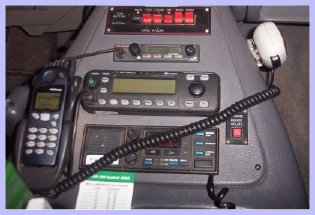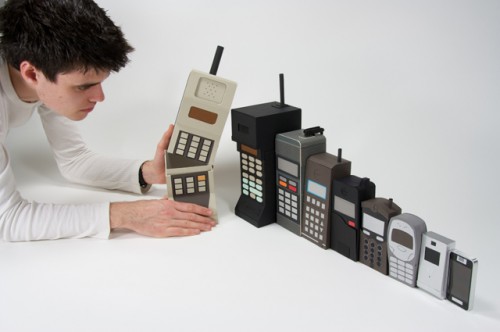EMS System Communications
Published .
Radios waves are propagated in the environment with the use of transmitters and receivers. When a device can transmit and receive, it is called a transceiver. The Federal Communications Commission regulates all forms of communication in the United States and has set aside a list of frequencies set aside for public safety called the Public Safety Spectrum. The Public Safety Spectrum serves the mission-critical communications needs of EMS. The public safety spectrum also serves the public safety-related telecommunications needs of state and local governments generally. Public safety channels are available in the VHF band, 220 MHz band, UHF, T-Band (licensing freeze in effect), 700 MHz narrow band, 700 MHz broadband, 800 MHz band, 4.9 GHz, and 5.9 GHz bands.
The Powerful Base Station Radio
The base station radio generally sites on a desk and is programmed to transmit with increased power to overcome any obstacles or distance that could affect signal propagation. The signal is often transmitted via a large antennae that sits above the obstacles allowing for more reliable straight line communication.

The mobile radio is a vehicle mounted device that is designed to transmit with lower power (typically 20 to 50 watts) than the base station radio (due to the 12 volt radio system in the ambulance). The mobile radio typically has a transmission range of 10 to 15 miles over average terrain (read flat). Very often, the mobile radio will transmit to a repeater (a radio that receives and transmits the radio signal with higher power).
Portable Radios

A portable radio is a handheld radio powered by a rechargeable battery. The device transmits at an extremely low power setting (1 to 5 watts) and transmits to a repeater system. An impressive amount of development has gone into ensuring that these devices are powerful and reliable. Usually, at least one of the ambulance crew members will have a portable radio.
Digital Radio Equipment

Through technology advances in telecommunications, primarily cellular phones, public safety radios now transmit a digital signal. The microphone picks up the voice of the operator and converts the signal to digital (very similar to recording music through the mp3/mp4 format). The function and transmission of digital radios is very similar to modern digital (2G, 3G, 4G, and 5G networks). The signal can be transmitted further than with older analog systems (simply converted the sounds to radio waves and transmitted the voice over the airwaves). Cellular phones have been using this technology since the early 2000’s.
The genius of the cellular system is the division of a city into small cells. This allows extensive frequency reuse across a city, so that millions of people can use cell phones simultaneously. In a typical analog cell-phone system in the United States, the cell-phone carrier receives about 800 frequencies to use across the city. The carrier chops up the city into cells. Each cell is typically sized at about 10 square miles.
EMS often uses cell phones and radios interchangeably.

